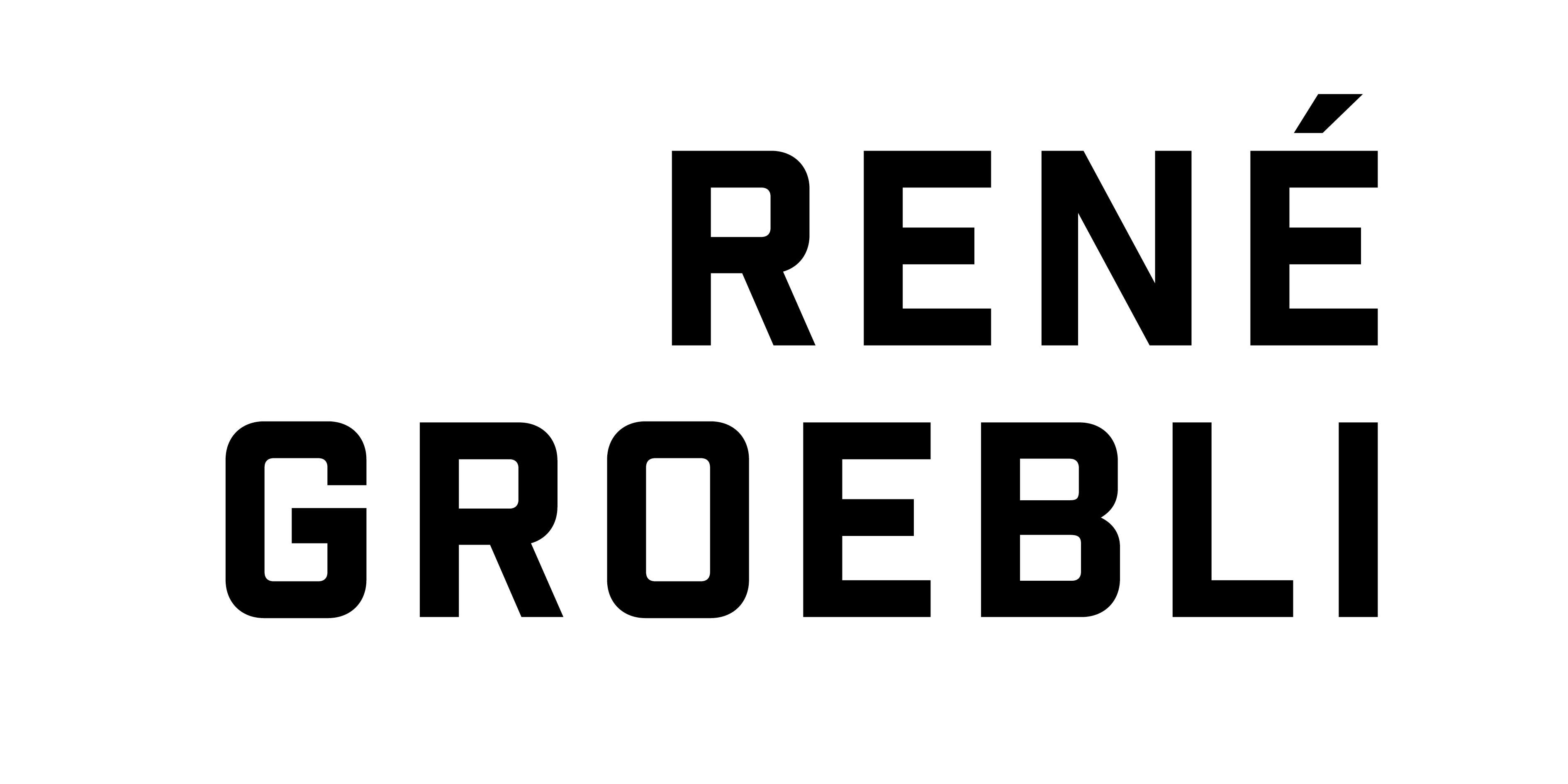-
RAIL MAGIC
Guido MagnaguagnoApart from the trade magazine Camera and the themed issues of du, the photographic landscape in Switzerland was somewhat dreary around 1949. Committed reporters had long since flown the coop, with the ambitioned excellence of advertising and the drive of the 1930s having yielded to petty bourgeois taste.
22-year-old René Groebli was no exception. After an apprenticeship in photography and studies at the School of Arts and Crafts in Zurich, he took off as well. On his own. Shouldering his camera, he took a seat in post-World War II trains—and looked. He travelled through Switzerland and from Basel to Paris. Planted himself in the driver’s cab, near the firebox, on railroad bridges and in front of closed barriers. He took note of tunnel entrances, masts and signals, steam and, above all, speed. He was fascinated with the world of railroad stations and the rails in between, with the sooty black and steaming white, the smell and the noise, the snorting and chugging of the engines, the magical hissing. The train as a cosmic universe.
While Jakob Tuggener still celebrates materiality, René Groebli sees the energy, the power and even the violence of locomotives. His photo essay “Rail Magic” is not reportage; it is an inner experience that shows an affinity with subjective photography of the kind that conquered post-war Germany. Groebli had the vision and skill to convert the intensity of his experience into compelling images. He had an unerring eye for a motif and its aesthetic. He immersed himself in black-and-white symphonies and savored the delights: glamour and glitz, heroism; the might of the black metal and the ephemeral clouds of steam. Rarely are his photographs taken head on—diagonals promise movement, rapture, unbridled velocity. They take the breath away of photographer, co-traveler and viewer alike. René Groebli takes pictures from the perspective of the engine driver. He stands just behind him and looks over his shoulder and cap into the underworld, the maelstrom, the void. He is a superb dramaturg of dynamic proposition and past master of the contrast between blurring and precise brilliance. Visual enchantment. A feast for the eyes.
“Eye of Love” followed “Rail Magic” and features everything that makes for classical photography. But beyond the history of photography and critical acclaim, this oeuvre stands for itself alone and must be celebrated as such; it is a tribute to a world gone by and, what’s more, a metaphor for the flow of life and the daring of existence.
published in: René Groebli – the Magic Eye, first edition 2020, Edition Bildhalle
-
Magie der Schiene
Guido MagnaguagnoSieht man von der Fachzeitschrift «Camera» und den Themenheften des Kulturmagazins «Du» ab, wirkte die Schweizer Fotolandschaft um 1949 eher trostlos. Die engagierten Reporter waren längst in die grosse Welt ausgeflogen, und die Werbung hatte sich, nach den hohen künstlerischen Ansprüchen und dem Schwung der Dreissigerjahre, weitgehend an einen kleinbürgerlichen Geschmack angepasst.
Auch René Groebli flog aus, erst 22-jährig, nach Abschluss von Mittelschule und Fotolehre und dem Besuch der Fotoklasse an der Kunstgewerbeschule Zürich. Auf eigene Faust sozusagen. Mit der Kamera in der Reisetasche. Er setzte sich in die Nachkriegs-Züge und schaute. Er fuhr durch die Schweiz, von Basel nach Paris. Er stand auf dem Führerstand und beim Heizkessel, auf Eisenbahnbrücken und vor geschlossenen Barrieren. Er nahm Tunneleinfahrten wahr, Masten und Signale, Dampf und vor allem Geschwindigkeit. Er war fasziniert von der Welt der Bahnhöfe und den Schienen dazwischen, vom russigen Schwarz und dampfenden Weiss, vom Geruch und Lärm, vom Stampfen und Schnauben der Maschinen, vom Zauber des Zischens. Die Eisenbahn als Kosmos.
Wo Jakob Tuggener noch die Materialität feiert, sieht René Groebli die Energie, die Macht, ja Gewalt der Lokomotiven. Das Foto-Essay «Magie der Schiene» ist keine Reportage, sondern ein inneres Erlebnis, der «Subjektiven Fotografie» verwandt, wie sie vor allem Nachkriegsdeutschland eroberte. Groebli verfügte über das Auge und das Handwerk, um seinem starken Erlebnis gültige Gestalt zu geben. Er hat den untrüglichen Sinn für das Motiv und seine Ästhetik. Er badet in Schwarzweiss-Symphonien und kostet alle Reize aus: den Glanz und Glamour, den Heroismus, die Kraft des schwarzen Metalls und die ephemeren Wolken des Dampfs. Kaum je fotografierte er frontal – die Diagonale verheisst Bewegung, Rausch, «vitesse totale».
Dem Fotografen, dem Mitreisenden wie dem Betrachter verschlägt es den Atem. René Groebli fotografiert aus der Perspektive des Lokomotivführers. Knapp hinter ihm ist er positioniert und schaut ihm über Schulter und Mütze, in den Orkus, den Strudel, die Leere: René Groebli ist ein Meister der dynamischen Dramaturgie und beherrscht den Gegensatz von Unschärfe und präziser Brillanz. Eine Augenweide. Ein Sehgenuss.
Wie das nachfolgende «Auge der Liebe» hat «Magie der Schiene» alles, was einen Fotoklassiker ausmacht. Aber auch jenseits von Fotogeschichte und Anerkennung bleibt ein Werk zu feiern, das für sich besteht: als eine Hommage an eine vergangene Welt und mehr – als Metapher für den Fluss des Lebens und das Wagnis des Daseins. -
PUBLICATIONS – ORDER ONLINE
-

René Groebli: Das Auge der Liebe
85 OR 150 CHF | SIGNEDFirst published in 1954, the photo book Das Auge der Liebe (The Eye of Love) by Swiss photographer René Groebli is a small book featuring images that were made during... -

René Groebli: Magie der Schiene / Rail Magic 1949
85 OR 120 CHF | SIGNED74 photographs, taken with either a Leica III F with one single lens (Elmar 50 mm, 1:3.5) or with the old twin-lens Rolleiflex. In 1949 René Groebli shot a series... -

René Groebli: Rail Magic
25'000 CHF I SPECIAL EDITION WITH 12 PLATINUM PALLADIUM PRINTSLimited edition of 12 with 12 platinum palladium prints (43 x 32 cm). Each portfolio contains 12 platinum palladium prints made by the artist himself with passepartouts (50 x 40... -

René Groebli: The Eye of Love
25'000 CHF | SPECIAL EDITION WITH 12 PLATINUM PALLADIUM PRINTSLimited edition of 20 with 12 platinum palladium prints (43 x 32 cm). Each portfolio contains 12 platinum palladium prints made by the artist himself with passepartouts (50 x 40...
-





